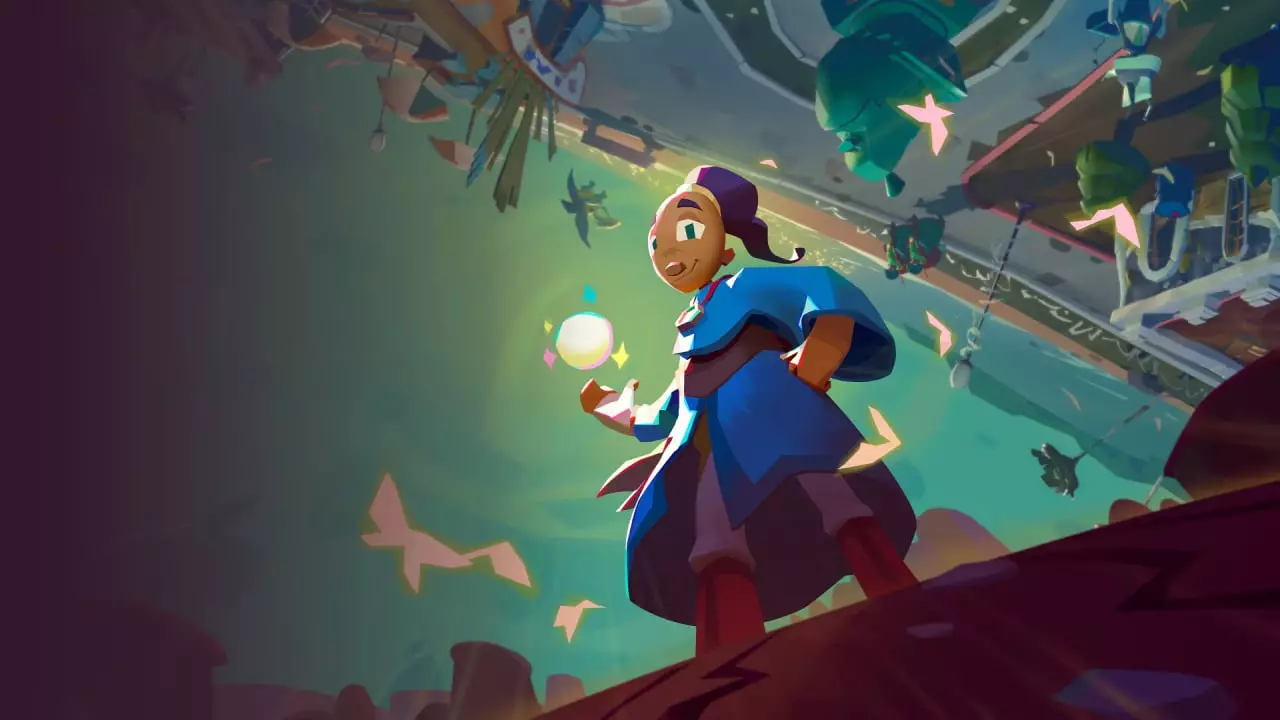In the gaming world, few titles have ignited the imaginations of players quite like “Little Big Adventure,” released in late 1994. This French title, created by Adeline Software, quickly carved out a niche for itself among RPG fans, ultimately leading to a sequel. Despite its limited commercial success, the whimsical world of “Little Big Adventure” and its central character, Twinsen, became synonymous with nostalgia for a dedicated following. Flash forward to today, and we find ourselves welcoming a remake, “Twinsen’s Quest,” where the developers aim to retain the charm of the original while introducing modern gameplay mechanics.
Understanding the significance of this remake requires a look back at the source material’s innovative narrative and gameplay. The game revolves around Twinsen’s struggle against an oppressive regime, guided by prophetic dreams that hint at the looming apocalypse. His journey traverses various lush biomes, each brimming with unique characters and challenges, from the vibrant streets of Citadel Island to the frozen tundras of the Hamalayi Mountains. Players could easily form emotional connections with Twinsen as he navigated this whimsical yet dangerous world.
Adeline Software’s original implementation of controls is often cited as one of its distinctive features. Players could manipulate Twinsen’s mood, allowing for an elaborate range of actions—walking, sneaking, or engaging in combat—based on the emotional state they selected. For its time, it was an incredibly creative system, but by today’s standards, it felt cumbersome and dated.
The challenge for the developers of “2.21,” the studio behind this remake, was not only to pay homage to the original game but to revitalize its core gameplay mechanics. One major decision involved scrapping the antiquated tank controls, replacing them with a more streamlined navigation system. This opens up the potential for fluid movement across a beautifully reimagined landscape, yet some might argue that the new mechanics lack the charisma that made the original feel special.
Gone from the remake is the mood-changing mechanic, which might seem sacrilegious to long-time fans. Instead of a nuanced approach to movement, players are now faced with a more traditional control scheme: moving the stick always results in running, which can be toggled to a walking speed but eliminates the finesse fans may have expected. While this decision streamlines gameplay, it also sacrifices some of the quirky and distinctive features that established “Little Big Adventure” as a beloved title.
When it comes to visuals, the new iteration certainly does not disappoint. Transitioning from the pixelated isometric style of 1994 to vibrant 3D graphics, the game boasts a colorful and engaging art direction. Yet, this change has not come without its issues. Some animations feel awkward, with characters stopping abruptly upon releasing the control stick, which detracts from the otherwise whimsical vibe of the game.
Sound design remains a high point, maintaining the quirky charm established by its predecessor. Playfully crafted sound effects and music contribute to the immersive experience, though they might not entirely compensate for the shortcomings in animation fluidity. Players will find joy hitting anthropomorphic enemies with a magic ball, a chilling echo of nostalgia mixed with modern visuals.
At its core, “Twinsen’s Quest” aims to preserve the engaging storyline filled with fetch quests, quirky characters, and expansive environments. However, revisiting 1994’s structure exposes substantial cracks in the redesign. The reliance on monotonous fetch quests can feel frustrating, particularly when players must navigate back and forth across vast landscapes in search of elusive dialogue clues needed to progress.
While the story retains its endearing essence, it is often overshadowed by bugs, glitches, and a marked lack of polish in gameplay execution. Players experience frustrations such as NPCs dropping out of conversations unexpectedly or critical paths being easily overlooked. These shortcomings can hinder immersion and enjoyment, which may leave both new players and fans of the original longing for a smoother gameplay experience.
In the age of increasing pressure for game developers to uphold high standards of quality, “Twinsen’s Quest” straddles a fine line between homage and innovation. While the exploration remains captivating and the artistic vision vibrantly reimagined, a myriad of quality issues detracts from its accomplishments. This remake is indeed an oddity, inviting players into its charming world, yet hampered by imperfections that ultimately may not stand the test of time.
“Twinsen’s Quest” is undoubtedly a quirky adventure that caters more to those seeking novelty than outright perfection. Returning fans might appreciate the nostalgia-driven experience, but whether it will resonate with new audiences remains uncertain. As the dust settles, it begs the question: can a beloved classic truly thrive in the modern gaming landscape, and at what cost? Only time will reveal the legacy of this ambitious revival.


Leave a Reply